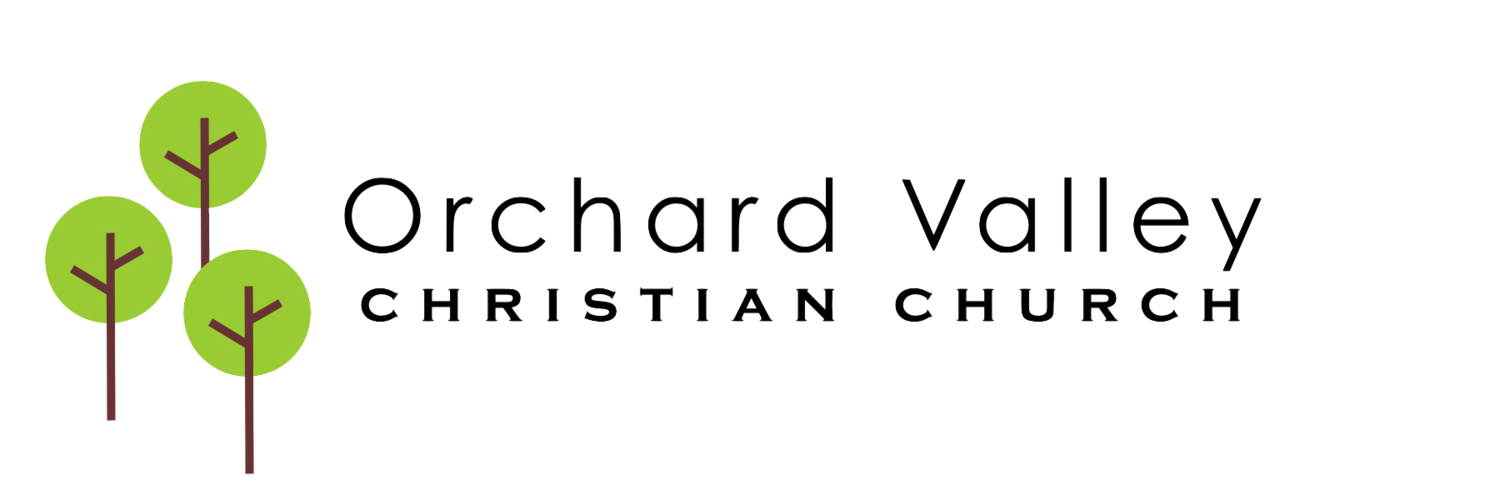Apartment overlooking Gota River.
Before arriving we read that Sweden is an almost cashless society, but since we needed to ride the bus into the city we surrendered our debit card to an ATM to purchase Swedish Kroner. Surprisingly our cash was useless on the bus, so we downloaded the bus pass app, paying for our tickets online with credit. Cash can be used to buy groceries and gas, but credit is preferred.
In addition to becoming a cashless nation, many Swedes are also landless. Traditionally an agricultural, marine and trading nation, few harvest the land or sea anymore. In the two big cities (Stockholm and Gothenburg’s combined population is 1.5m, 15% of the nation) most live in apartments. Suburbs are sparse, and even there most single family homes are small, steep roofed and land deprived. They are also heat efficient and easy to maintain.
Being cashless and landless in Sweden sounds like a personal economic disaster, yet Sweden invented social security and the State takes care of its citizens, so being cashless and landless does not bother most Swedes. Why shoulder the cost of heating and maintaining large indoor spaces in a cold climate? Why burden yourself with yard work when the land is vast and unpopulated (Sweden is larger than California with a quarter of the population)? Why worry about health insurance and retirement planning when the government provides for you?
In America we fear that the welfare state will encourage laziness and indolence (only 1% of Swedes work more than 50 hours per week), yet Swedes are highly productive and they care for the disenfranchised (Sweden accepted more Syrian refugees per capita than any other nation).
Being cashless and landless may sound unchristian because it is contrary to the American ideal of self sufficiency. Yet which economic model is more like heaven?

